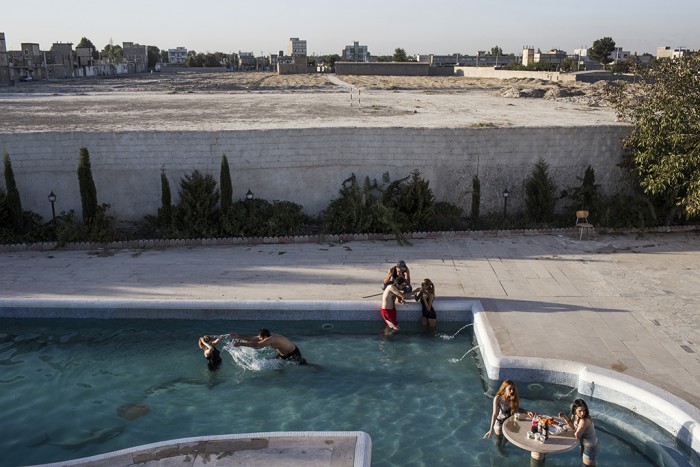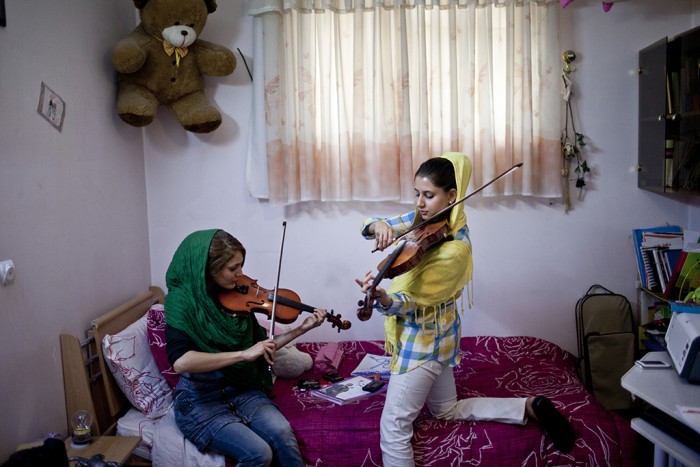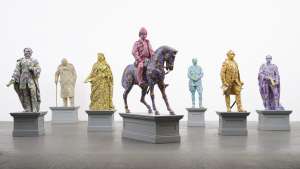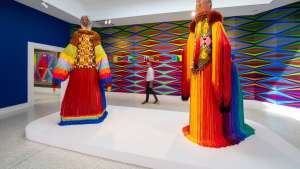Since its 1979 Islamic revolution, the mountainous region of Iran has made headlines for its nuclear ambitions, public demonstrations and strict censorship.
As a result of economic and political sanctions, very little is known about the day to day lives of the country’s 82 million people. Young people make up 60 per cent of the population. Veteran photographer Hossein Fatemi spent 15 years documenting the duality in Iran’s citizenship. Through his series of photographs titled An Iranian Journey, we see Iran’s young generation as they wrestle against the oppressive nature of a theocratic government.
Born and raised in Iran, Fatemi’s images are a counterpoint to the anti-American Iran displayed in mass media. “Daily, millions of young people engage in activities that are officially illegal and can carry severe penalties,” writes Fotoevidence, the organisation that teamed up with Fatemi to create a photo book of his work.
“While the government likes to think of Iranian society as a monolithic unit occupying the moral high-ground in stark contrast with a degenerate, immoral West, the reality of daily life in the Islamic Republic is one which bears all the hallmarks of a modern hybrid with all the usual problems and vices.”
Fatemi tries to capture this complex, ever-evolving society, lifting the veil on some of the less observed areas of daily life, showing the conflicts that arise between the official version of Iranian life promoted by the authorities and the reality of daily life for Iran's youth.
Unable to return to his family in Iran after publishing some of his images, Fatemi lives and works in the United States. He was named a finalist for the FotoEvidence Book Award in 2015 and was also awarded the World Understanding Award in the Pictures of the Year International in the same year.
Photos and captions courtesy of Hossein Fatemi and Fotoevidence















